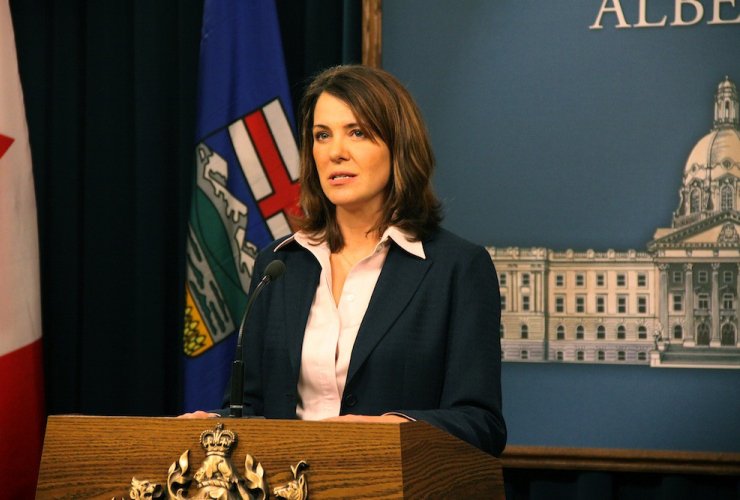Offshore wind turbines and desert solar farms are optimal renewable energy locations, but they are typically far from the remote communities of the developing world that need clean electricity the most.
So Toronto-area high school students Anya Singh and Ella Ceroni (plus teammates Alexander Yevchenko and Avneesh Verma) are trying to work out how to get power out to places utility companies might not rush to connect using radio-wave transmission and a blockchain-based incentivize.
“The problem with this is efficiency because radio waves are waves and they can spread out and propagate through space,” said Ceroni, noting that the technology is currently about 70 per cent as efficient as wired power transmission but is improving quickly.
The daisy chains of antennas that would relay and redirect power via low-energy waves would be cheaper than wired infrastructure, though, since less of it would be needed to travel over longer distances, Singh said.
Those that make resources available via this new delivery mechanism would be rewarded with a token that creates value and provides an incentive for small-scale energy providers and consumers to connect, the team explained in a white paper.
But while feasible today, the team that calls the project tungsten still has some work to do.
“We’re trying to get into research and development, we’re trying to get in touch with labs to try to prototype this and figure out how we can make this a smaller device that people can put on their houses if they have extra power or they have solar projects already,” Singh said.
What people are reading

The pair of 17-year-olds, who came up with the idea as part of The Knowledge Society innovation program, said they planned to pilot their technological innovation in the developing world since the improvement it could offer would be hard to ignore.
“In a developing country where people have no chance of connecting to the grid whatsoever, that is obviously a massive improvement. You would suddenly go from no electricity at all to having stable electricity that people can use,” Singh said.
They are hopeful the project could create a massive impact in the developing world in the next five years, and Ceroni said the concept could also be applied in places such as the US state of Texas, where the electricity system nearly collapsed during a winter freeze in February 2021.
Toronto-area teenagers Anya Singh and Ella Ceroni want to turn the lights on for some of the hundreds of millions of people worldwide who live without electricity, but first they need to find a lab to help them develop their radio-wave solution.
Morgan Sharp / Local Journalism Initiative / Canada’s National Observer